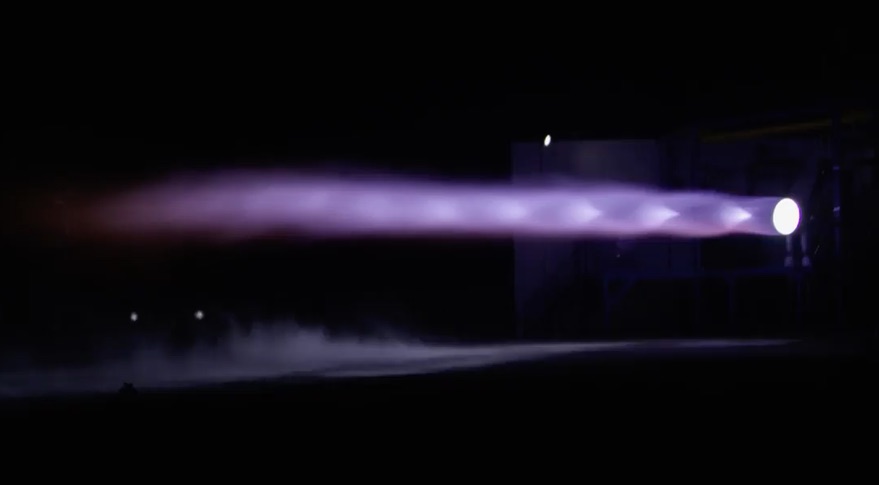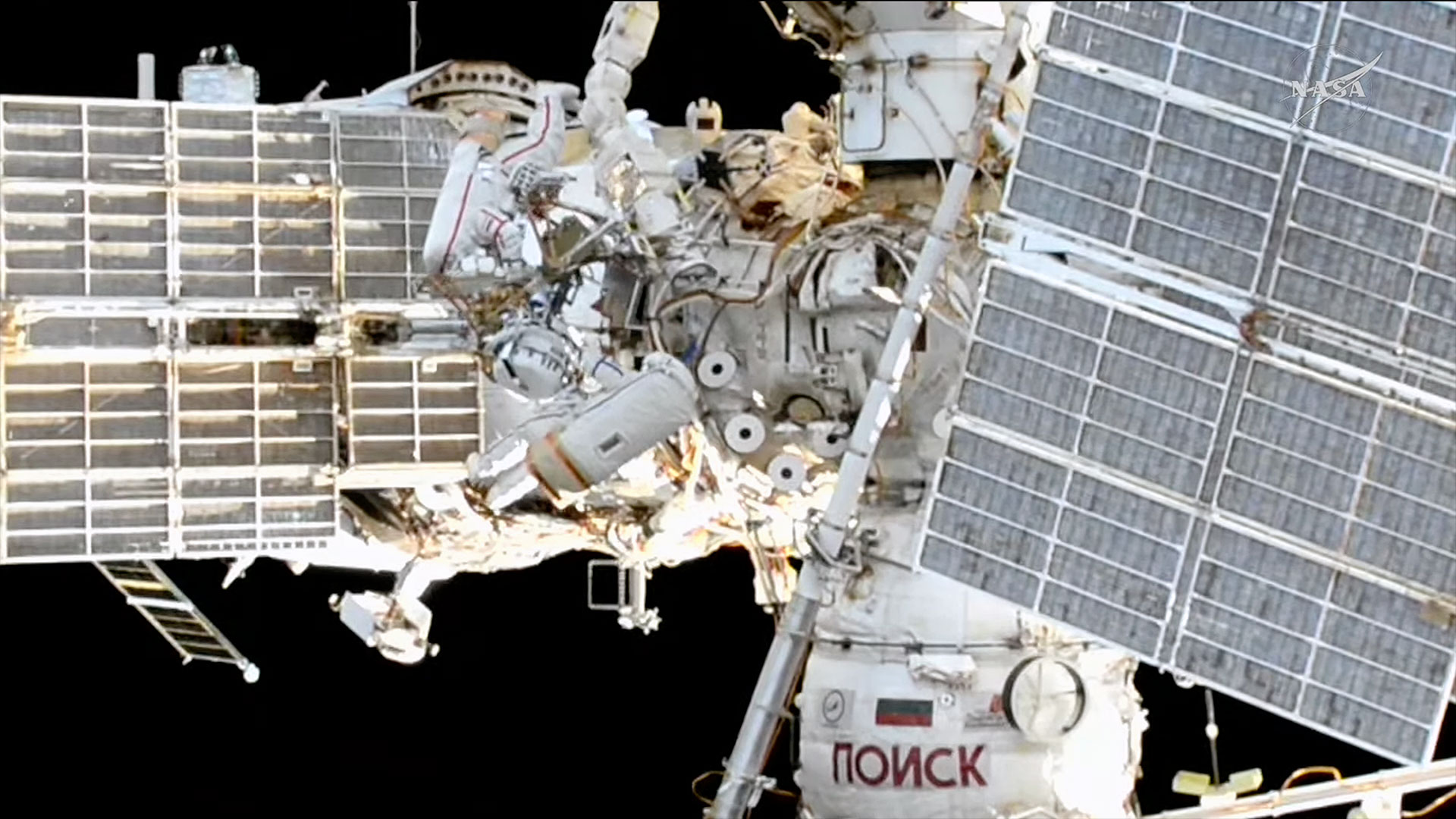Air Force Adds More Than $40 Million to SpaceX Engine Contract

WASHINGTON — The U.S. Air Force has provided SpaceX with an additional $40.7 million to support continued development of the company's Raptor engine.
A Defense Department contract announcement Oct. 19 stated that the Air Force was modifying an existing agreement with SpaceX, originally awarded in January 2016, by providing the company with $40.766 million "for the development of the Raptor rocket propulsion system prototype for the Evolved Expendable Launch Vehicle program."
The statement didn't include additional information about the nature of the work other than that it would be completed by the end of April 2018. The work, according to the announcement, would be carried out at NASA's Stennis Space Center, which hosts engine testing for the Raptor, as well as SpaceX's headquarters in Hawthorne, California and Los Angeles Air Force Base, home to the Air Force's Space and Missile Systems Center. [6 Wild Facts About SpaceX]
The Air Force issued SpaceX one of several cost-sharing awards, known as Other Transaction Agreements (OTAs), in January 2016 to support development of engines and related technologies for use on future launch systems, ending reliance on the Russian-manufactured RD-180 engine that powers the Atlas 5. Other companies receiving such OTAs include Aerojet Rocketdyne, Orbital ATK and ULA.
The original OTA to SpaceX was valued at $33.6 million, with SpaceX agreeing to contribute double that amount, $67.3 million. At the time, the total government value of the agreement, including options, was stated as $61.4 million
According to government procurement documents, the Air Force modified that agreement June 9, adding nearly $16.9 million to the award, not specifying what the funding would be used for beyond it was a "supplement agreement for work within scope." At that time, the total value of the OTA, with all options, was listed as $95 million.
Raptor is a liquid oxygen and methane engine that SpaceX is developing for its BFR launch system. The updated design of the BFR, unveiled by Chief Executive Elon Musk at the International Astronautical Congress (IAC) in Australia Sept. 29, uses 31 Raptor engines in a reusable booster stage and seven engines in the upper "spaceship" capable of placing 150 metric tons into low Earth orbit or carrying out missions to the moon and Mars.
Breaking space news, the latest updates on rocket launches, skywatching events and more!
SpaceX has been testing the Raptor for more than a year, announcing the first, subscale test shortly before Musk spoke at the 2016 IAC in Mexico. "We already have now 1,200 seconds of firing across 42 main engine tests," he said in last month's IAC speech. "We've fired it for 100 seconds. It could fire for much longer than 100 seconds. That's just the size of the test tanks."
Musk described Raptor as an "extremely efficient" engine, a key requirement for the success of the overall BFR system. Raptor, he said, will be the "highest thrust-to-weight engine, we believe, of any engine of any kind ever made."
However, he also disclosed that the Raptor had been downsized from its original design. Originally intended to produce more than 680,000 pounds-force of thrust, Musk said in his IAC presentation that the engine will now generate about 380,000 pounds-force of thrust.
"The engine thrust dropped roughly in proportion to the vehicle mass reduction from the first IAC talk," Musk said in an Oct. 14 "Ask Me Anything" question-and-answer session on Reddit. He added that he felt it would be "very simple" to scale up the development versions of Raptor to the new, lower thrust level. "The flight engine design is much lighter and tighter, and is extremely focused on reliability."
While the Raptor has been touted as the engine for the BFR, another SpaceX executive suggested earlier this year that the company is considering its use on its existing Falcon vehicles, replacing its Merlin engines. "The original idea for those engines were to serve as a propulsion system for the big Mars system, but we are looking at the utility of it on the Falcon program," SpaceX President Gwynne Shotwell said of Raptor in a June interview.
The Air Force procurement announcement coincided with the first test of another large engine. Blue Origin announced Oct. 19 that it carried out the first test of its BE-4 engine, which also uses liquid oxygen and liquefied natural gas propellants. The company did not disclose technical details about the test, including its duration or thrust level.
BE-4, able to generate up to 550,000 pounds-force of thrust, will be used by Blue Origin on its New Glenn rocket, with seven engines in the first stage and one in the second stage. ULA is also considering using the BE-4 on the first stage of its Vulcan rocket. Most of the funding the Air Force provided in its 2016 agreement with ULA was intended to support work on the BE-4 for Vulcan.
This story was provided by SpaceNews, dedicated to covering all aspects of the space industry.
Join our Space Forums to keep talking space on the latest missions, night sky and more! And if you have a news tip, correction or comment, let us know at: community@space.com.

Jeff Foust is a Senior Staff Writer at SpaceNews, a space industry news magazine and website, where he writes about space policy, commercial spaceflight and other aerospace industry topics. Jeff has a Ph.D. in planetary sciences from the Massachusetts Institute of Technology and earned a bachelor's degree in geophysics and planetary science from the California Institute of Technology. You can see Jeff's latest projects by following him on Twitter.

